Home>Gardening & Outdoor>Landscaping Ideas>How Long To Water Bermuda Grass Seed


Landscaping Ideas
How Long To Water Bermuda Grass Seed
Modified: March 29, 2024
Learn the best watering practices for Bermuda grass seed to ensure successful germination and establishment. Get expert landscaping ideas and tips for a healthy lawn.
(Many of the links in this article redirect to a specific reviewed product. Your purchase of these products through affiliate links helps to generate commission for Storables.com, at no extra cost. Learn more)
Introduction
Welcome to the exciting world of landscaping and lawn care, where the journey of nurturing a vibrant, lush green lawn begins with the first crucial step: seeding Bermuda grass. The process of establishing a healthy Bermuda grass lawn involves various considerations, with watering playing a pivotal role in the success of your endeavor. Understanding how long to water Bermuda grass seed is essential for fostering optimal growth and ensuring the development of a resilient, verdant lawn.
As a homeowner or landscaping enthusiast, you recognize the significance of providing the right conditions for your Bermuda grass seed to thrive. The watering process is not only about the duration but also about the frequency and technique, all of which are vital for nurturing robust, resilient grass that can withstand the rigors of varying climates and usage patterns.
In this comprehensive guide, we will delve into the factors influencing the watering time for Bermuda grass seed, the optimal watering schedule, and the telltale signs of overwatering or underwatering. By the end of this journey, you will be equipped with the knowledge and confidence to nurture your Bermuda grass seed into a flourishing, vibrant lawn that will be the envy of the neighborhood.
Key Takeaways:
- Water Bermuda grass seed lightly multiple times per day after planting to maintain consistent soil moisture for optimal germination and root development.
- Recognize signs of overwatering (standing water, weak roots) and underwatering (dry soil, wilting grass) to adjust watering practices and nurture a healthy, vibrant lawn.
Read more: How Long To Water Bermuda Grass
Factors Affecting Watering Time
When determining the appropriate duration for watering Bermuda grass seed, several crucial factors come into play, each influencing the overall watering needs of the newly seeded area. Understanding these factors is essential for tailoring your watering regimen to the specific requirements of Bermuda grass seed, ultimately fostering healthy germination and robust growth.
- Soil Type: The composition of the soil significantly impacts the watering duration for Bermuda grass seed. Sandy soils drain more quickly and may necessitate more frequent, shorter watering sessions, whereas clay soils retain moisture for longer, requiring less frequent but deeper watering.
- Weather Conditions: The prevailing weather, including temperature, humidity, and wind, directly influences the evaporation rate of moisture from the soil. Hot, dry conditions may necessitate more frequent watering to maintain adequate soil moisture levels, while cooler, humid weather may require less frequent irrigation.
- Seedbed Preparation: Proper seedbed preparation, including soil aeration and amendment with organic matter, can enhance the soil’s water retention capacity, potentially affecting the duration and frequency of watering required for Bermuda grass seed.
- Seed Variety: Different Bermuda grass seed varieties may exhibit varying water requirements. Understanding the specific needs of the selected seed variety is crucial for tailoring the watering regimen to promote optimal germination and establishment.
- Time of Year: The season in which the Bermuda grass seed is sown influences the watering duration, with higher water demands during warmer months and potentially reduced requirements in cooler seasons.
By considering these factors and adapting your watering practices accordingly, you can ensure that your Bermuda grass seed receives the ideal moisture levels for successful germination and vigorous growth. The next section will explore the recommended watering schedule for Bermuda grass seed, providing valuable insights into nurturing a thriving lawn from the moment the seeds are sown.
Watering Bermuda Grass Seed After Planting
After meticulously planting Bermuda grass seed, the initial watering plays a pivotal role in kickstarting the germination process and setting the stage for robust growth. The post-planting watering regimen is a critical phase that demands attention to detail and a keen understanding of the seed’s moisture requirements for successful establishment.
Upon planting Bermuda grass seed, the soil should be thoroughly moistened to a depth of approximately 4 to 6 inches, ensuring that the seeds are in close contact with the moist soil for optimal germination. This initial watering session sets the foundation for subsequent irrigation and is instrumental in initiating the germination process.
Following the initial watering, it is essential to monitor the moisture levels in the seeded area regularly. The soil should be kept consistently moist but not waterlogged, as excessive moisture can impede germination and lead to issues such as fungal diseases. Light, frequent watering sessions may be necessary to maintain the desired moisture levels, especially in warmer, drier conditions.
As the Bermuda grass seed begins to germinate and establish, gradual adjustments to the watering regimen may be required. While the goal is to sustain adequate soil moisture, it is equally important to avoid overwatering, which can hinder the development of a robust root system and promote shallow, weak growth.
Observing the soil’s moisture content and the emerging grass seedlings is crucial for fine-tuning the watering frequency and duration. By striking a balance between consistent moisture and proper drainage, you can facilitate the healthy development of Bermuda grass seed, paving the way for a vibrant, resilient lawn.
As we delve deeper into the optimal watering schedule for Bermuda grass seed, you will gain valuable insights into nurturing your newly planted seeds and fostering their transformation into a thriving, verdant lawn.
Watering Schedule for Bermuda Grass Seed
Establishing a well-defined watering schedule is instrumental in nurturing Bermuda grass seed from germination to robust establishment. A carefully crafted watering regimen ensures that the seeds receive the necessary moisture for healthy growth while mitigating the risks of overwatering or underwatering, both of which can impede the seed’s development.
During the initial phase following planting, the Bermuda grass seedbed should be watered lightly multiple times per day to maintain consistent soil moisture. This approach facilitates the germination process by providing the ideal environment for the seeds to sprout and establish strong, resilient roots. Light, frequent watering sessions help prevent the soil surface from drying out, promoting optimal conditions for germination.
As the Bermuda grass seedlings emerge and begin to establish, the watering frequency can be gradually reduced while increasing the duration of each watering session. This transition encourages the development of a robust root system by prompting the grass to seek moisture deeper within the soil, fostering resilience and long-term vitality.
Throughout the establishment phase, typically spanning several weeks, the goal is to ensure that the soil remains consistently moist to a depth of 4 to 6 inches, where the majority of the young roots are actively developing. Regular monitoring of the soil moisture levels is essential, as environmental factors such as temperature and humidity can influence the seedbed’s water requirements.
As the Bermuda grass seedlings mature and the root system strengthens, the watering schedule can be further adjusted to align with the grass’s evolving needs. Transitioning to deeper, less frequent watering sessions encourages the development of a deep, drought-resistant root system, preparing the grass for long-term health and vitality.
By tailoring the watering schedule to accommodate the specific needs of Bermuda grass seed at each stage of its development, you can foster the growth of a resilient, vibrant lawn that thrives in its environment. The next sections will delve into the signs of overwatering and underwatering Bermuda grass seed, empowering you to fine-tune your watering practices and nurture a healthy, lush lawn.
Water newly planted Bermuda grass seed lightly 2-3 times a day to keep the soil moist, but not waterlogged. After the seeds have germinated, gradually reduce watering to 1 inch per week.
Signs of Overwatering Bermuda Grass Seed
While providing adequate moisture is essential for the successful establishment of Bermuda grass seed, overwatering can pose significant challenges and hinder the seed’s growth and development. Recognizing the signs of overwatering is crucial for adjusting your watering practices and ensuring the optimal health of your grass seedlings.
One of the primary indicators of overwatering is the presence of standing water or persistent soil saturation in the seeded area. Excessive moisture can lead to waterlogged soil, depriving the emerging grass seedlings of vital oxygen and impeding their ability to develop strong, healthy roots. Additionally, overwatering can create an environment conducive to fungal diseases, manifesting as discolored or rotting seedlings.
Another telltale sign of overwatering is the emergence of shallow, weak roots in the Bermuda grass seedlings. When the soil is consistently waterlogged, the roots may remain close to the surface, limiting their ability to anchor the grass and access essential nutrients and moisture deeper within the soil. This can result in a weakened, vulnerable lawn that is susceptible to stress and environmental challenges.
Overwatering can also manifest in the form of slow or stunted growth in the Bermuda grass seedlings. Excessive moisture can disrupt the natural growth processes, leading to a lack of vigor and vitality in the emerging grass. Additionally, the presence of moss or algae in the seeded area may indicate an overly moist environment, signaling the need to adjust the watering regimen to promote healthier growth.
Observing the soil’s moisture content and the behavior of the Bermuda grass seedlings is crucial for identifying signs of overwatering. By maintaining a balanced approach to watering and responding to the specific needs of the grass seed, you can mitigate the risks of overwatering and foster the development of a resilient, vibrant lawn.
Understanding the signs of overwatering empowers you to fine-tune your watering practices, ensuring that your Bermuda grass seed receives the ideal moisture levels for healthy, robust growth. In the following section, we will explore the signs of underwatering, providing valuable insights into optimizing your watering regimen and nurturing a thriving, resilient lawn.
Read more: How Long For Bermuda To Germinate
Signs of Underwatering Bermuda Grass Seed
Recognizing the signs of underwatering is crucial for adjusting your watering practices and ensuring the optimal health and vitality of Bermuda grass seed. Insufficient moisture can impede the seed’s germination and growth, leading to weakened, stressed grass that is ill-equipped to thrive in its environment.
One of the primary indicators of underwatering is the appearance of dry, parched soil in the seeded area. Insufficient moisture can lead to soil desiccation, depriving the emerging grass seedlings of the essential water needed for robust growth. Additionally, the soil may exhibit signs of cracking and compaction, further impeding the seed’s ability to establish strong, resilient roots.
The Bermuda grass seedlings may also display signs of stress and wilting in response to inadequate moisture. The leaves may appear limp, discolored, or curling, indicating the seedlings’ struggle to access the water necessary for sustaining healthy growth. Furthermore, the grass may exhibit a lack of vigor and vitality, manifesting as slow or stunted growth in the absence of sufficient moisture.
Observing the behavior and appearance of the Bermuda grass seedlings is crucial for identifying signs of underwatering. By maintaining a keen eye on the soil’s moisture levels and the condition of the emerging grass, you can adjust your watering regimen to provide the optimal environment for robust, healthy growth.
Another telltale sign of underwatering is the emergence of shallow, underdeveloped roots in the Bermuda grass seedlings. Insufficient moisture can prompt the roots to remain close to the surface in search of water, hindering their ability to anchor the grass and access essential nutrients deeper within the soil. This can result in a weakened, vulnerable lawn that is ill-equipped to withstand environmental challenges.
Recognizing the signs of underwatering empowers you to fine-tune your watering practices, ensuring that your Bermuda grass seed receives the ideal moisture levels for healthy, resilient growth. By responding to the specific needs of the grass seed and providing the necessary moisture, you can foster the development of a vibrant, thriving lawn that enhances the beauty of your outdoor space.
In the following section, we will conclude our exploration by summarizing the essential insights into watering Bermuda grass seed, equipping you with the knowledge and confidence to nurture a resilient, lush lawn that flourishes in its environment.
Conclusion
Congratulations on embarking on the rewarding journey of nurturing Bermuda grass seed into a vibrant, resilient lawn. By understanding the factors influencing watering time, implementing a strategic watering schedule, and recognizing the signs of overwatering and underwatering, you are equipped to foster the healthy growth and establishment of your grass seedlings.
Watering Bermuda grass seed is an art that requires attentiveness, adaptability, and a deep understanding of the seed’s specific moisture requirements at each stage of its development. By considering factors such as soil type, weather conditions, and seed variety, you can tailor your watering practices to create an optimal environment for germination and robust growth.
Following the initial planting, the watering schedule plays a crucial role in sustaining consistent soil moisture, promoting healthy root development, and nurturing the emerging Bermuda grass seedlings. By adjusting the watering frequency and duration as the grass matures, you can encourage the establishment of a deep, resilient root system, preparing the lawn for long-term health and vitality.
Recognizing the signs of overwatering and underwatering empowers you to fine-tune your watering practices, ensuring that your Bermuda grass seed receives the ideal moisture levels for healthy, robust growth. By maintaining a balanced approach to watering and responding to the specific needs of the grass seed, you can mitigate the risks of overwatering and foster the development of a resilient, vibrant lawn.
As you continue on your journey, remember that nurturing Bermuda grass seed is a dynamic process that demands observation, adaptability, and a touch of intuition. By providing the right conditions and responding to the unique needs of your grass seedlings, you are laying the foundation for a lush, thriving lawn that will enrich your outdoor space and captivate the admiration of all who behold it.
Armed with the insights and knowledge gained from this guide, you are well-prepared to embark on this fulfilling endeavor, nurturing your Bermuda grass seed into a flourishing, resilient lawn that will bring joy and beauty to your outdoor environment for years to come.
Frequently Asked Questions about How Long To Water Bermuda Grass Seed
Was this page helpful?
At Storables.com, we guarantee accurate and reliable information. Our content, validated by Expert Board Contributors, is crafted following stringent Editorial Policies. We're committed to providing you with well-researched, expert-backed insights for all your informational needs.
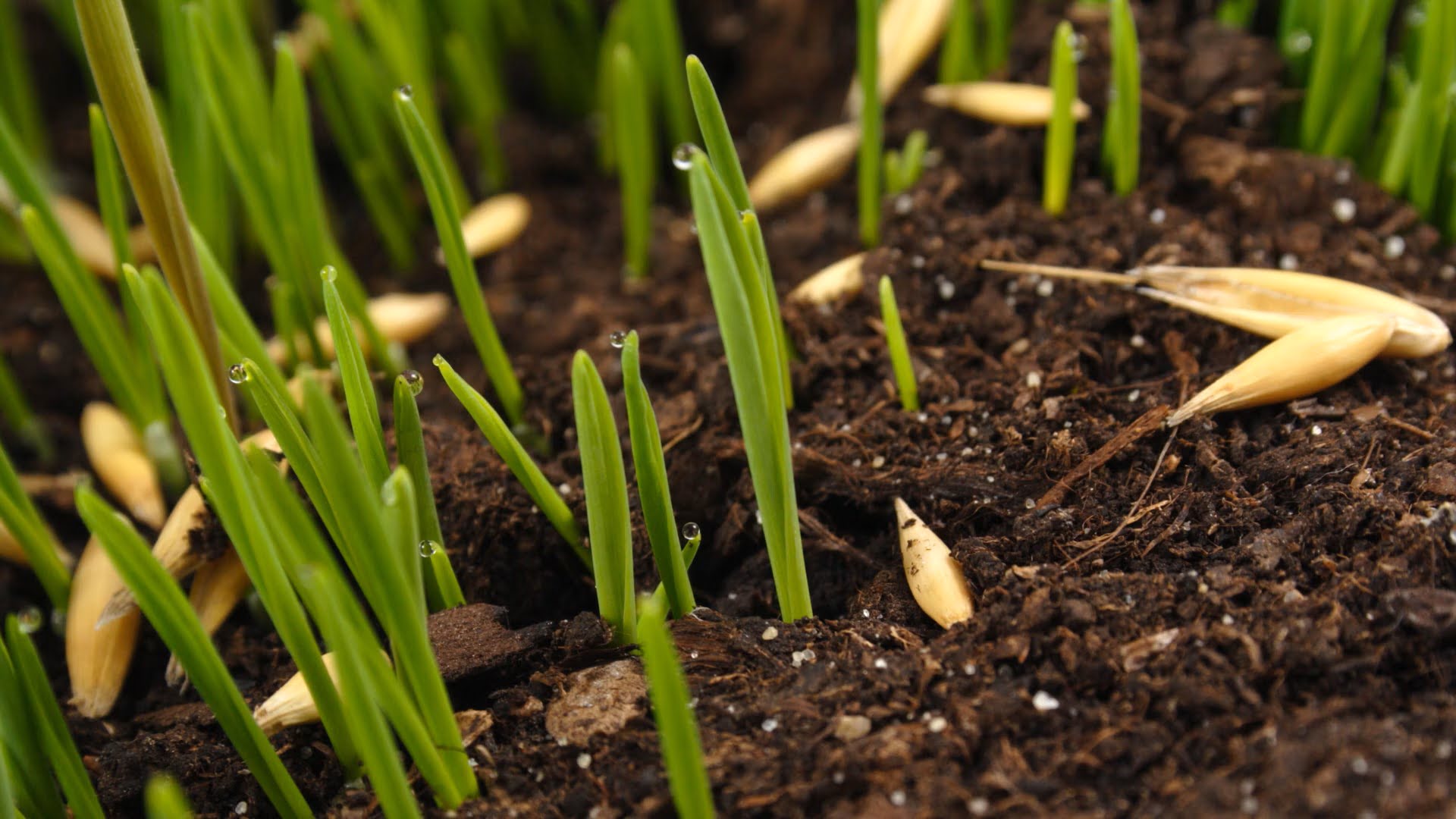
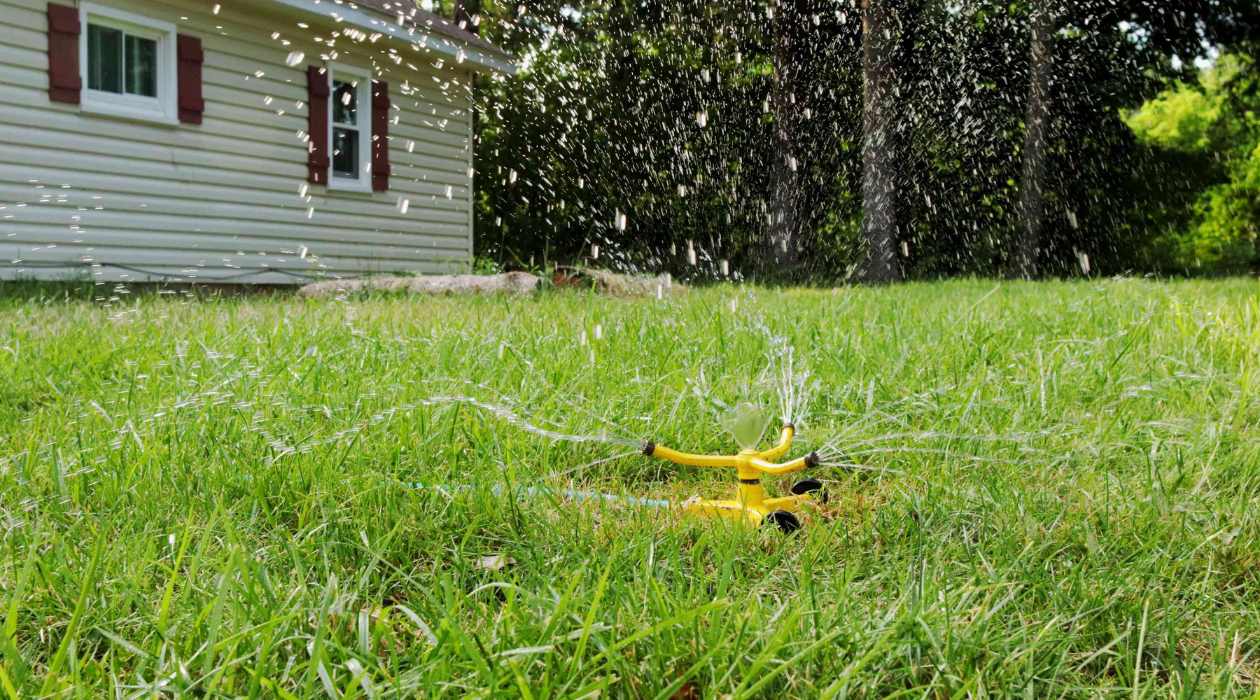
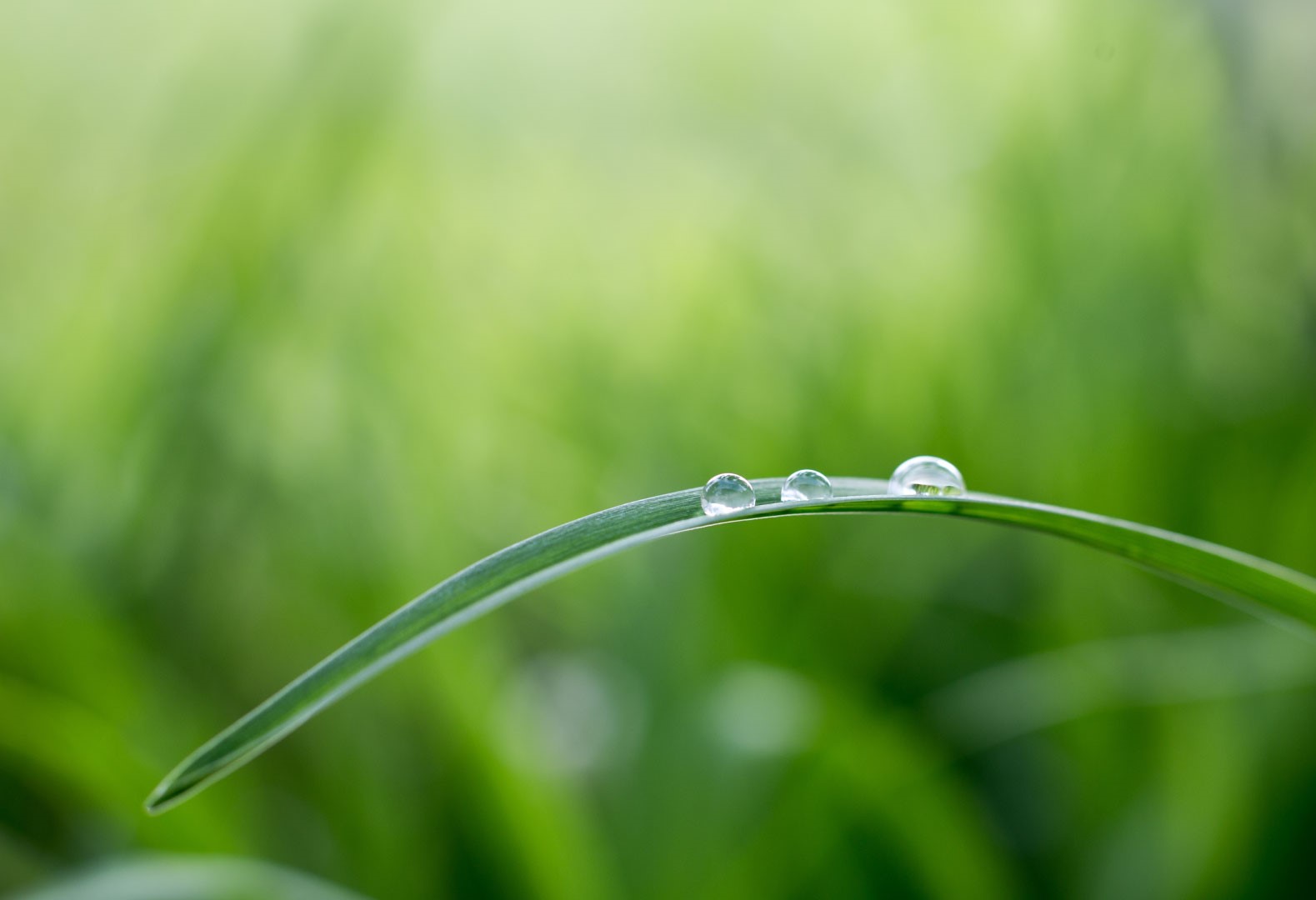
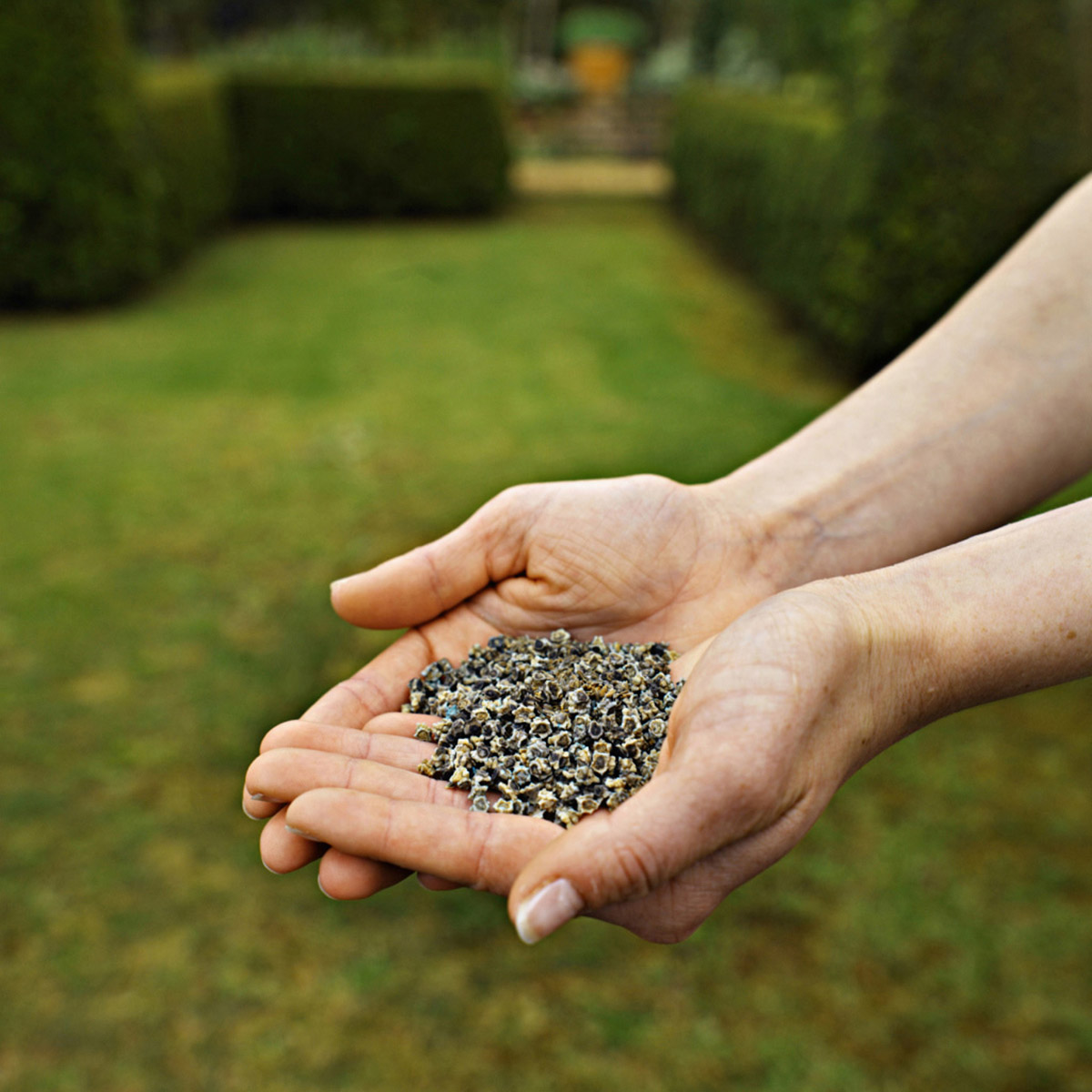
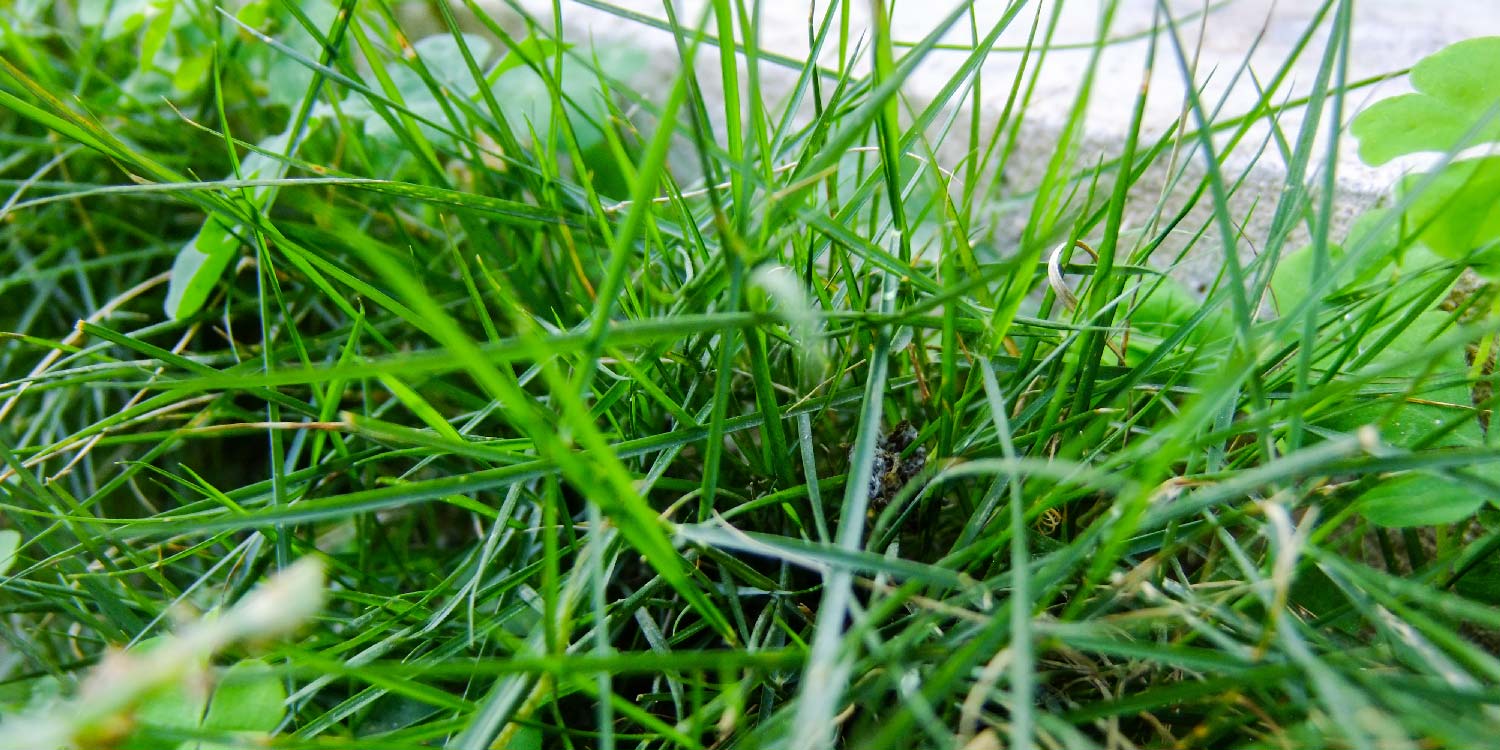
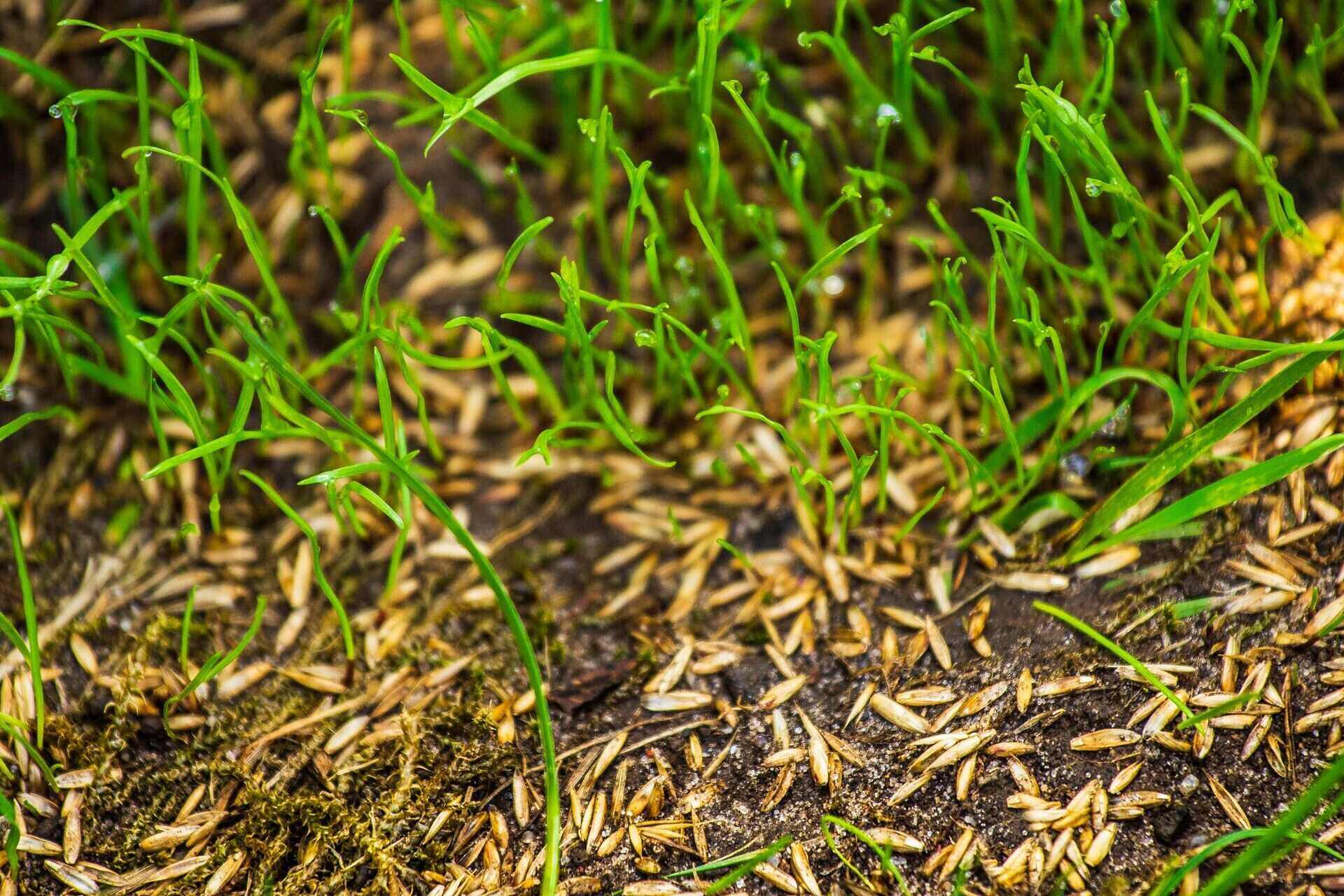
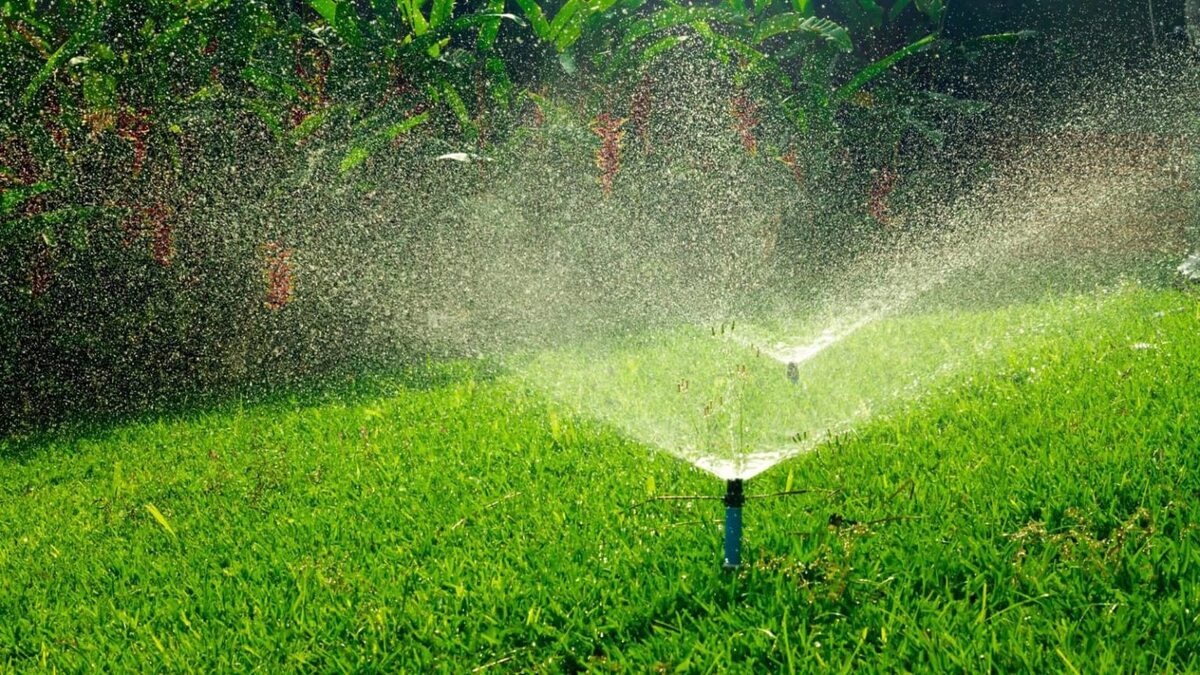
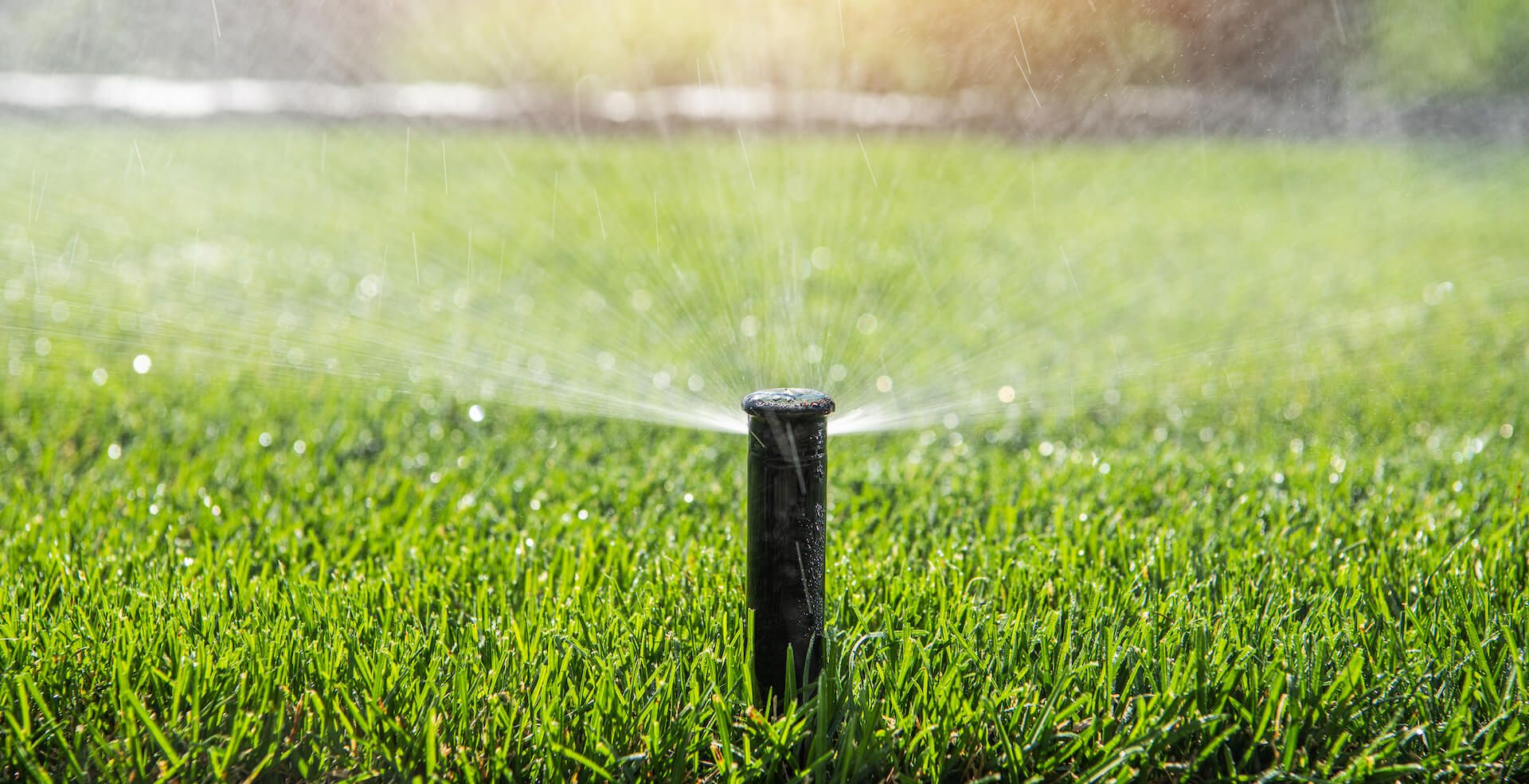
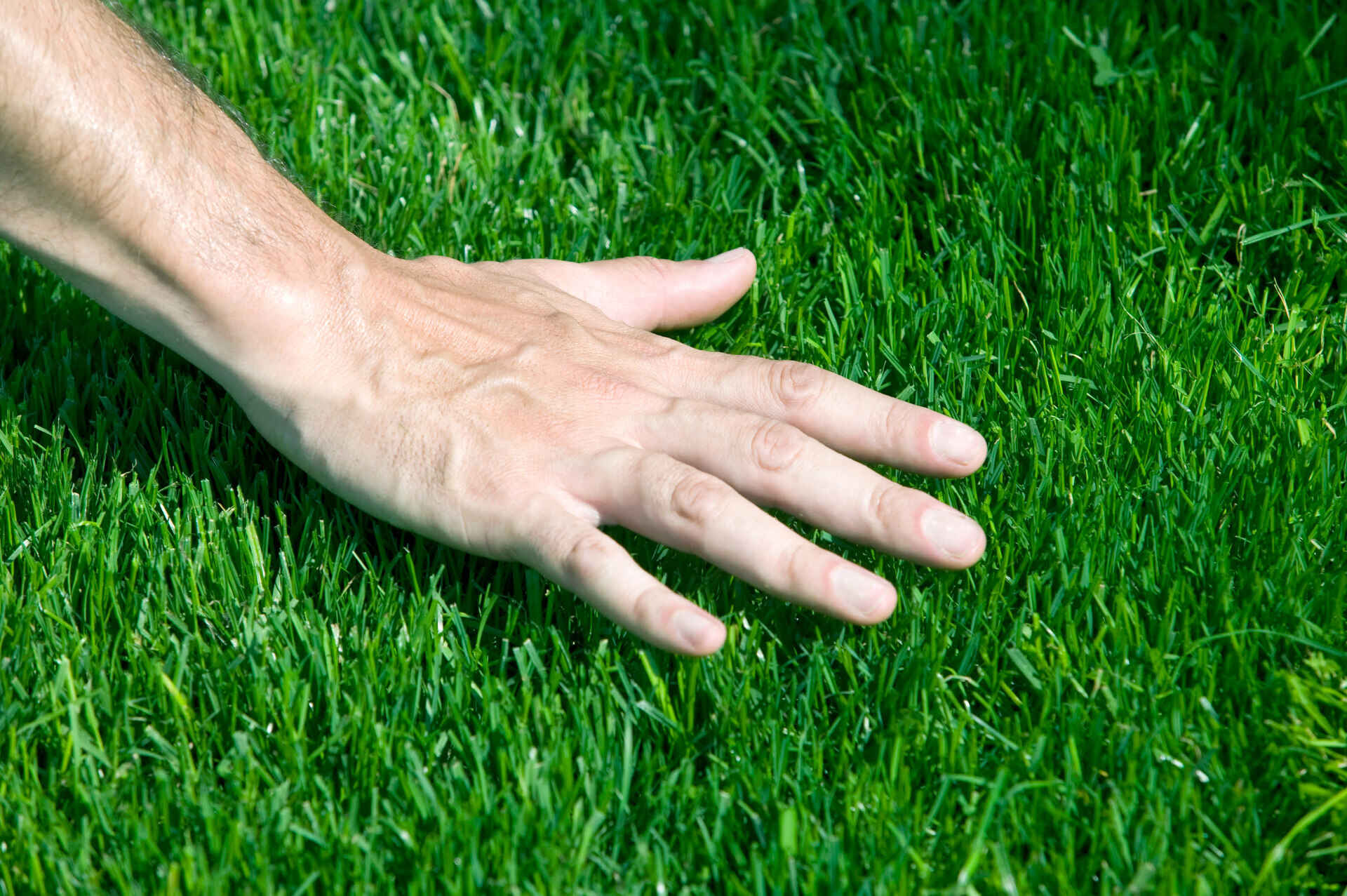
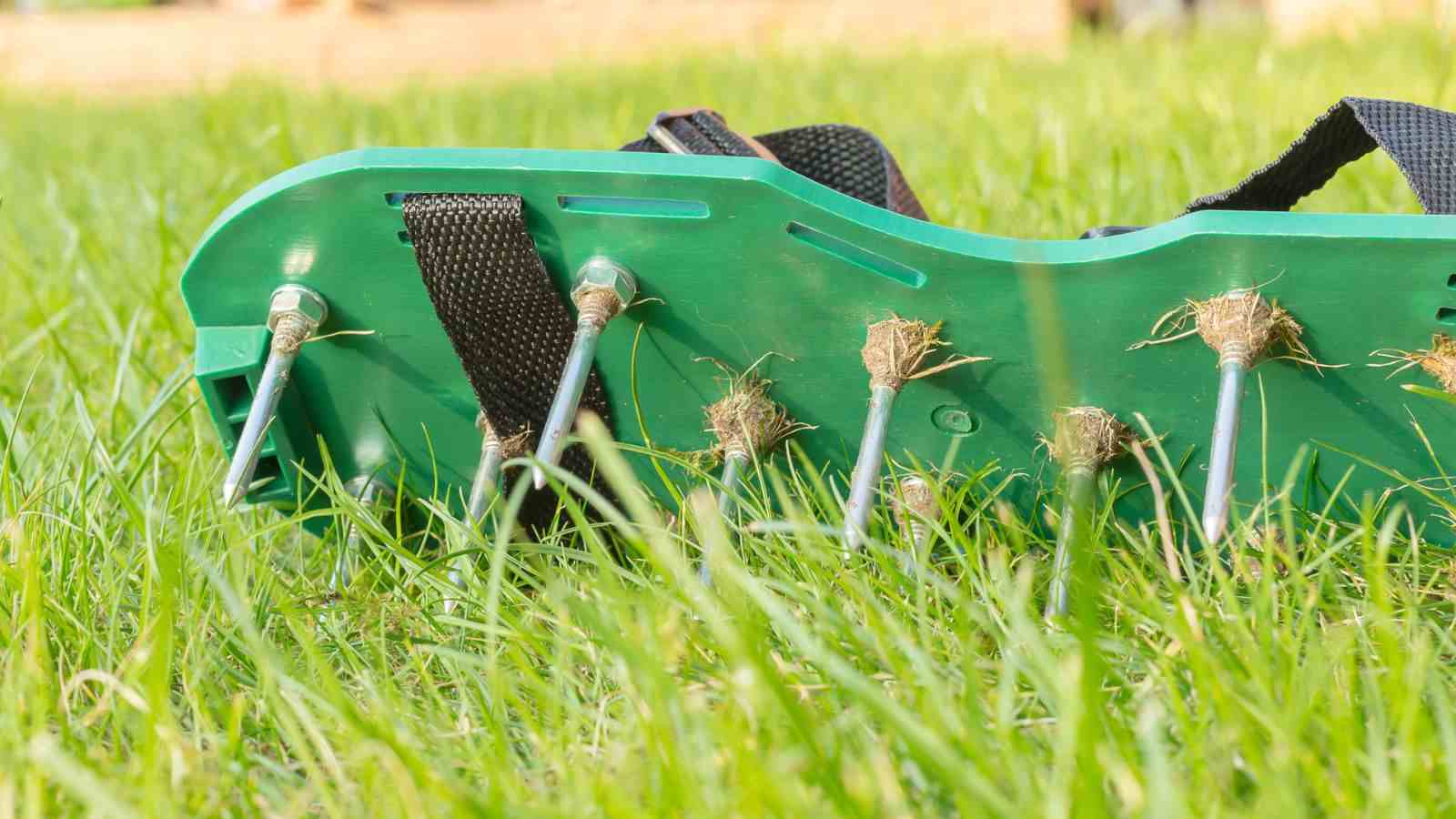

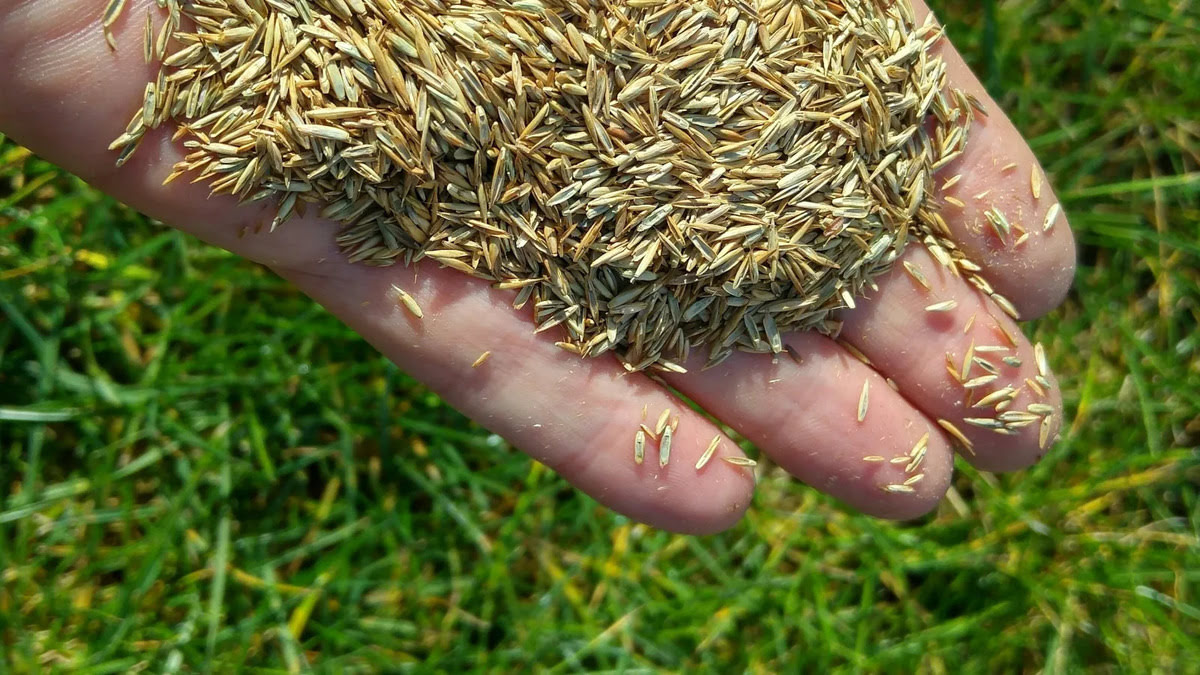
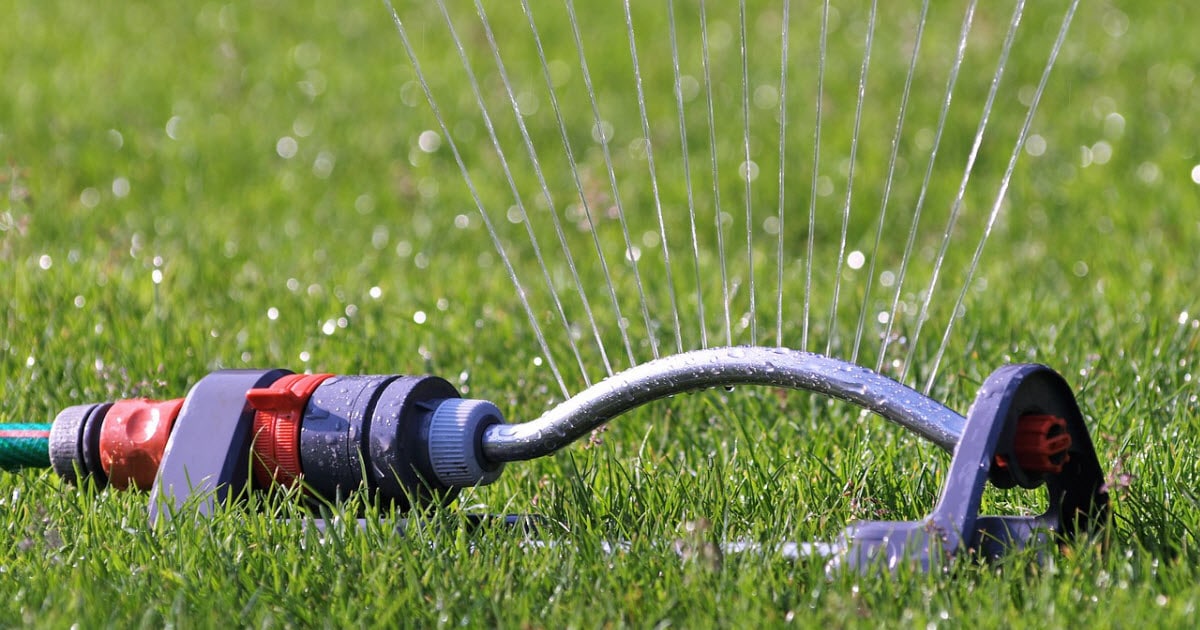
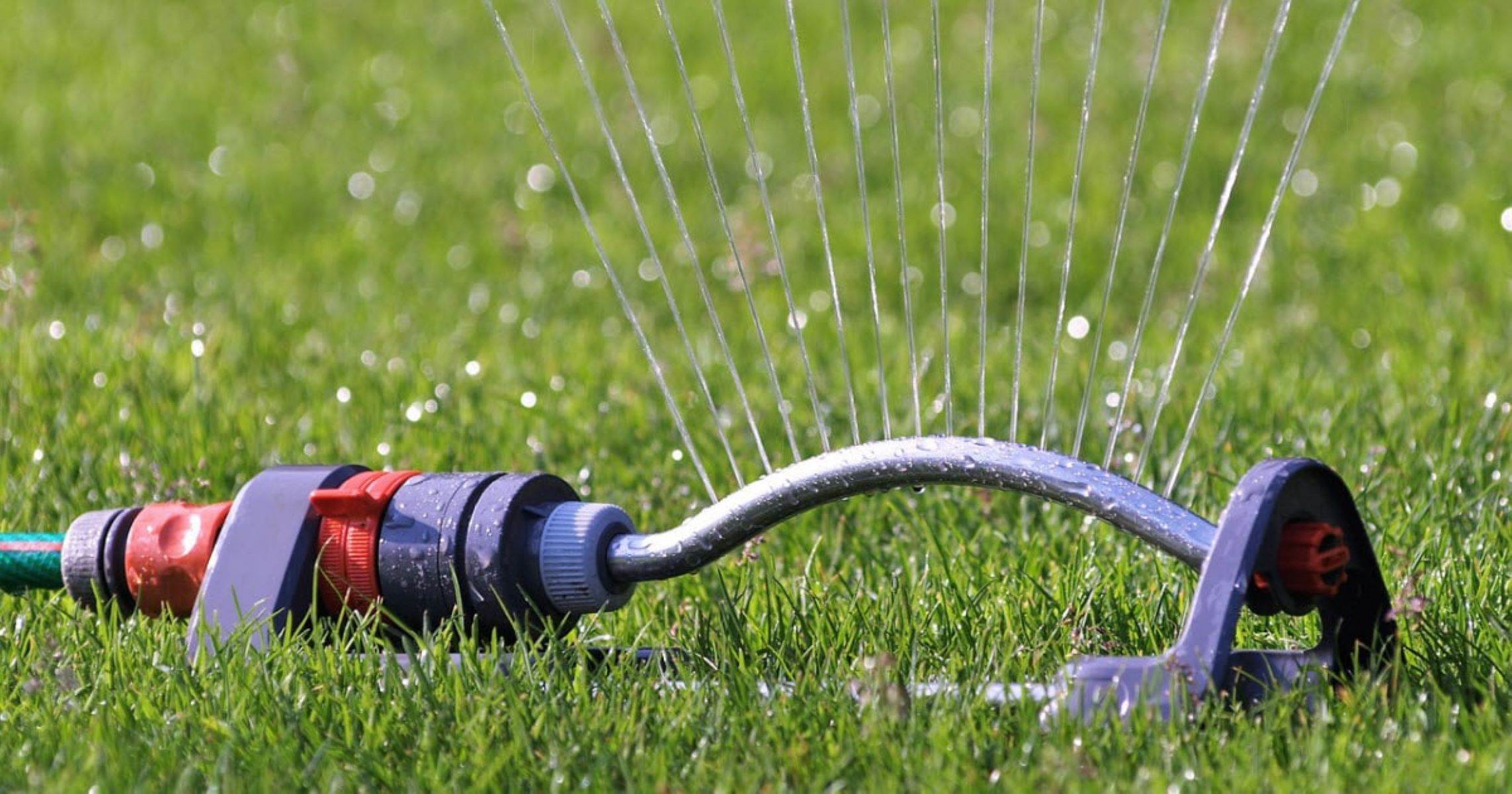

0 thoughts on “How Long To Water Bermuda Grass Seed”